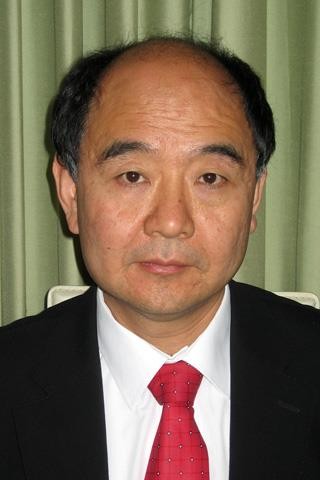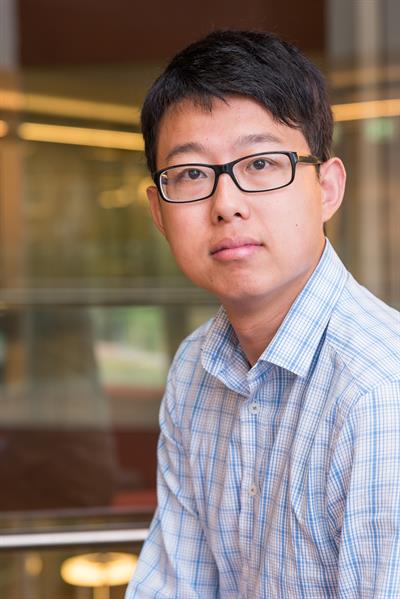- Posted on 25 Jun 2025
- 6 minutes read
UTS researchers help NBN Co boost 5G broadband in an increasingly busy band.
In 2012, the United Nations Human Rights Council formally recognised that access to the internet was a human right. Yet in many countries – even wealthy ones like Australia – infrastructure challenges mean that a digital divide still exists.
When 5G mmWave technology arrived in Australia in 2019, it brought the promise of high-frequency, ultra-fast wireless connectivity that could support many more users and applications.
Australia’s NBN Co was ready to expand fixed-wireless access into the 5G mm bands and bring high-speed internet to many more Australians; particularly those most likely to be affected by this digital divide in regional, rural and disadvantaged communities.
But there was one major snag: finding room for these new frequencies in the already crowded spectrum.
“For any wireless network, you need spectrum to operate,” says Distinguished Professor Yingjie Jay Guo, founding Director of Global Big Data Technologies Centre at University of Technology Sydney.
“But spectrum is a very scarce resource and very expensive.”

Solving the spectrum challenge
Then, and now, NBN Co – Australia’s national broadband network provider – operates a satellite-based broadband service called Sky Muster, which uses two geostationary communications satellites to beam broadband into parts of the country unable to access fixed wireless.
Part of the radiofrequency spectrum used for Sky Muster – which operates in the 28 GHz band – could theoretically be also used by 5G mm wireless, therefore saving cost and increasing access to the new technology.
But there was a potential problem of interference between the signals from user terminal and base station antennas pointed at the sky for satellites, which could impact NBN Co and their customers.
So NBN Co turned to UTS’ Global Big Data Technologies Centre for help.
“We are one of the global leading research groups in antennas. We have very strong capability in wireless networks, so we understand how the antennas will behave in a big network and how to model that realistically and effectively.”
The UTS researchers had three problems to solve to enable NBN Co to be able to share its spectrum between satellite-based broadband and land-based broadband.
The first was to work out what the potential interference that the fixed-wireless access might cause to the satellite signal.
The second challenge was to work out how to mitigate that interference, and develop these strategies into a toolkit that NBN Co could use in future – to calculate potential interference and avoid it whenever it was rolling out a new fixed-wireless service.
And finally, there was a need to provide evidence-based advice to the Australian Communications and Media Authority – the government agency that regulates spectrum allocations – about the allocation of the 5G mmWave spectrum.

UTS brings antenna answers
Solving all these issues required first understanding how fixed-wireless broadband was deployed geographically around the country and what effect that positioning could have on interference.
Then, a detailed model of interference was needed, to then devise strategies for the location and positioning of antennas and tuning the power levels to keep interference below a certain threshold.
Thanks to the great collaboration between UTS and NBN Co and the creativity of the team, the project was successfully completed in time, achieving all the objectives.
Samuel Stephens, General Manager of NBN Co’s Wireless and Satellites, says, “It was a great pleasure to collaborate with Professor Guo’s team at UTS to address some significant strategic challenges to the planning of NBN Co’s fixed wireless systems.”
“The collaboration proved to be a fundamental contribution to the spectrum allocation, facilitating the roll-out of our mmWave 5G system for fixed-wireless access, adding value to our fixed-wireless access business as a crucial part of Australia’s broadband services,” he says.
The end result has not only improved access for Australians to 5G wireless broadband, but it also paves the way for a more efficient roll-out of the next generation 6G wireless and further reducing the digital divide.
“Economically, the research made significant cost savings on new spectrum for NBN Co, and helped enable the ongoing growth of NBN Co’s rural broadband services, resulting in economic and social benefits,” Professor Guo says.
Discover telecommunications research
The Global Big Data Technologies Centre enables technologies for data science and analytics.









